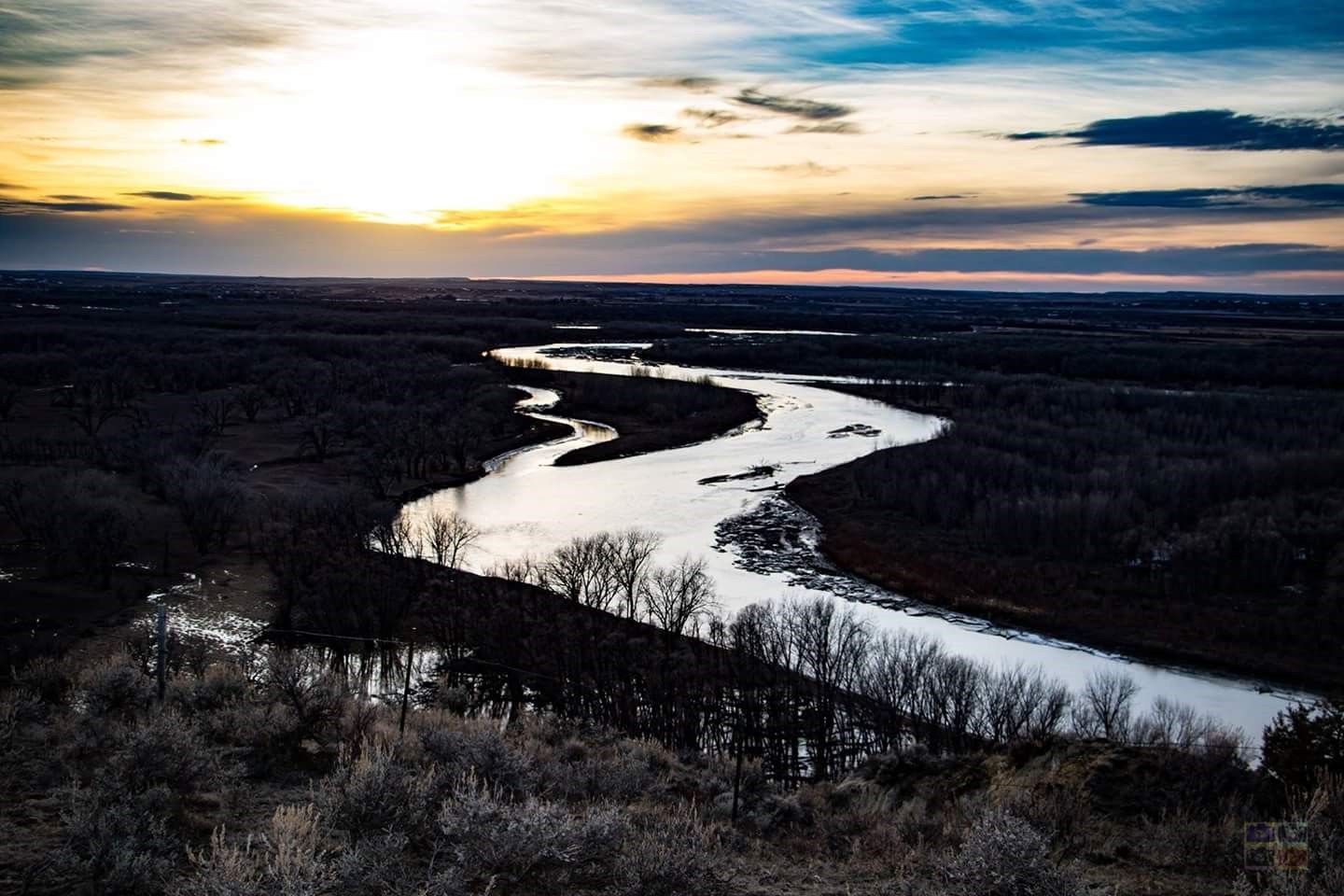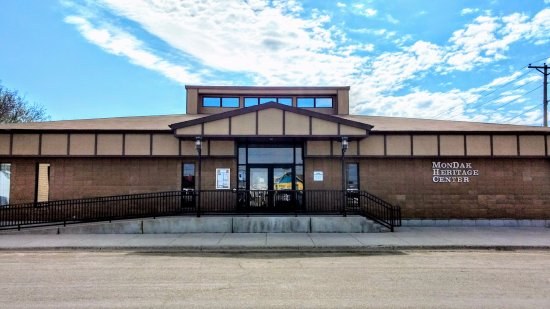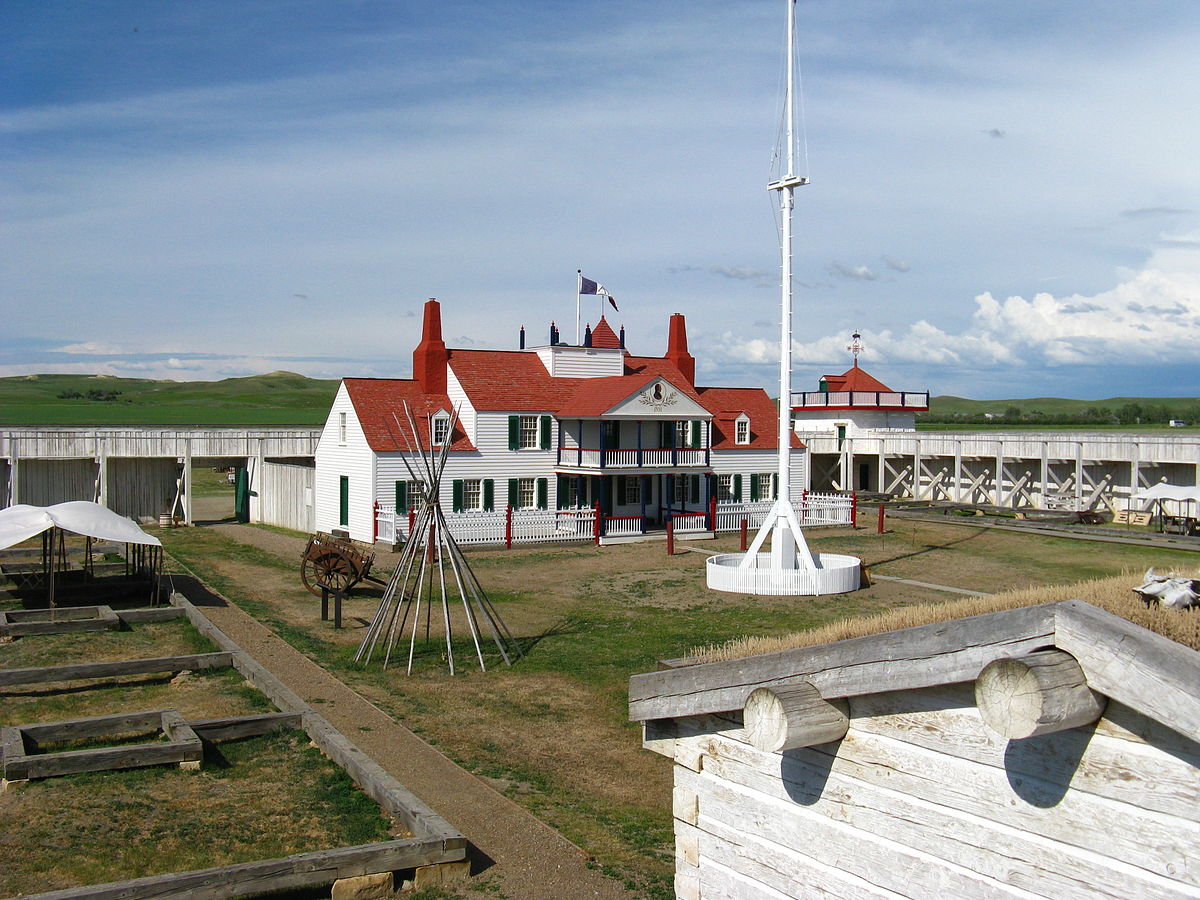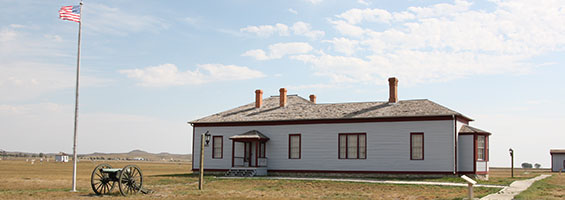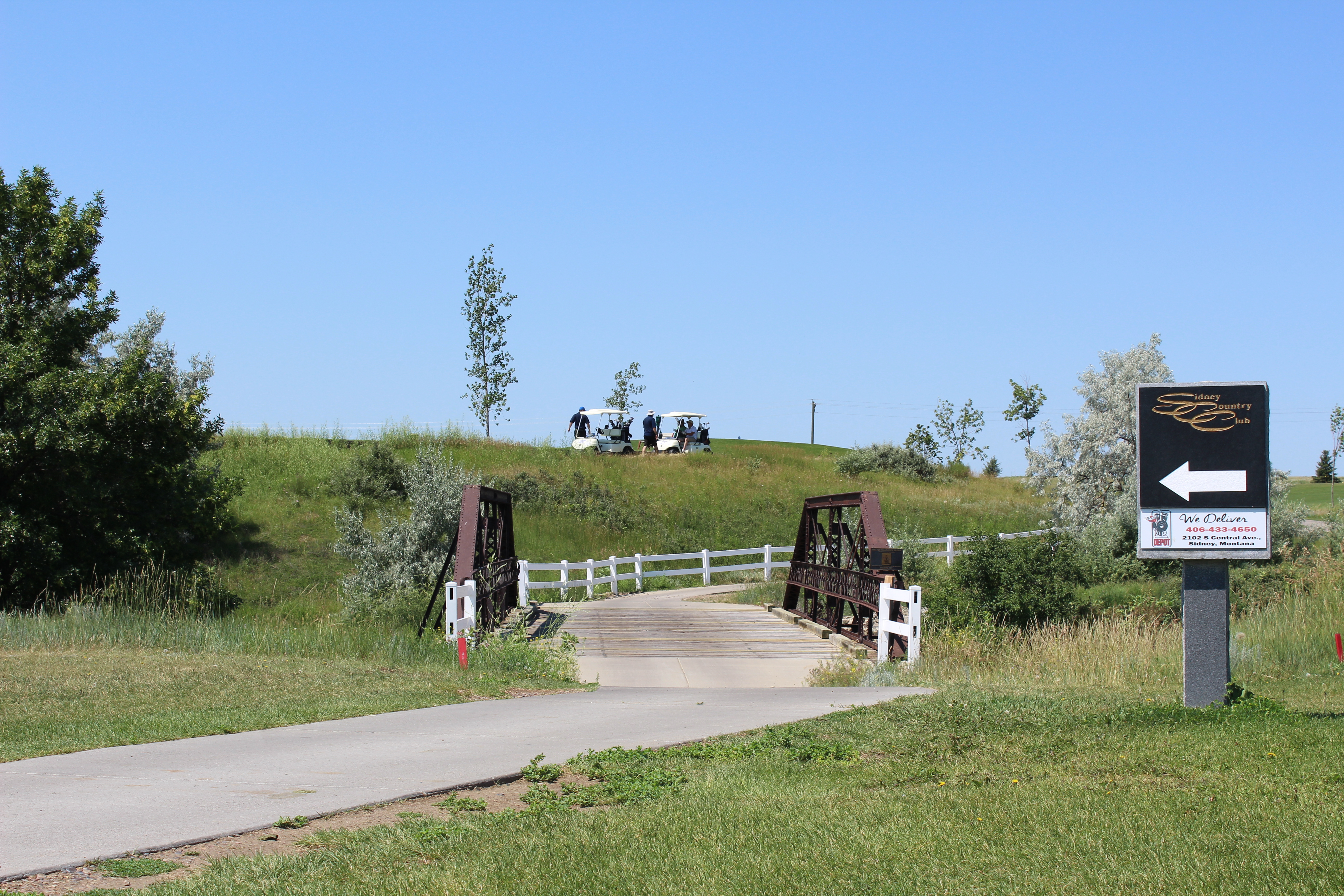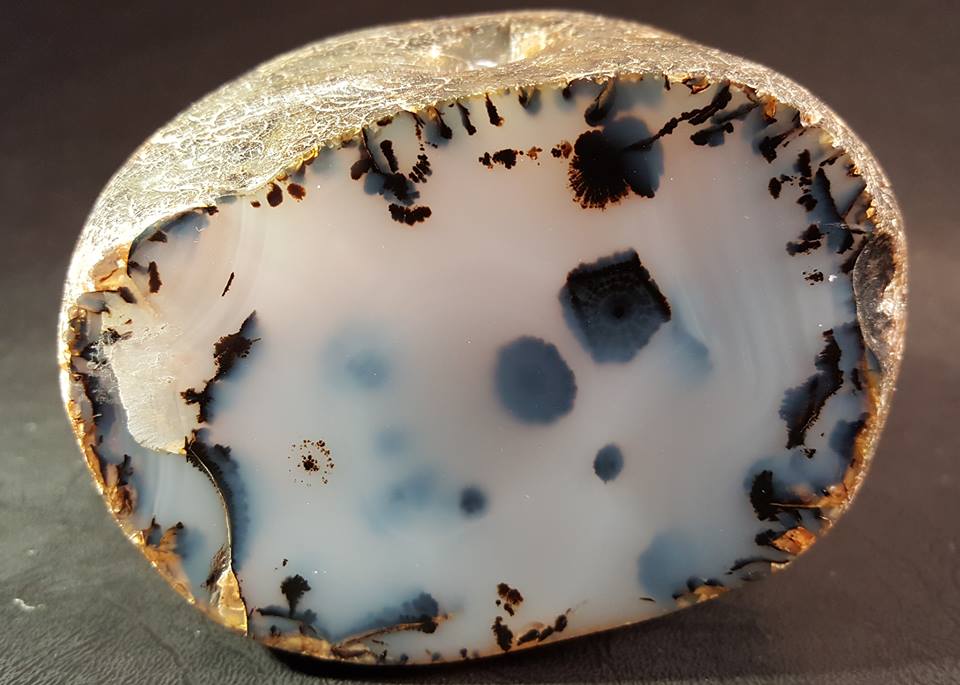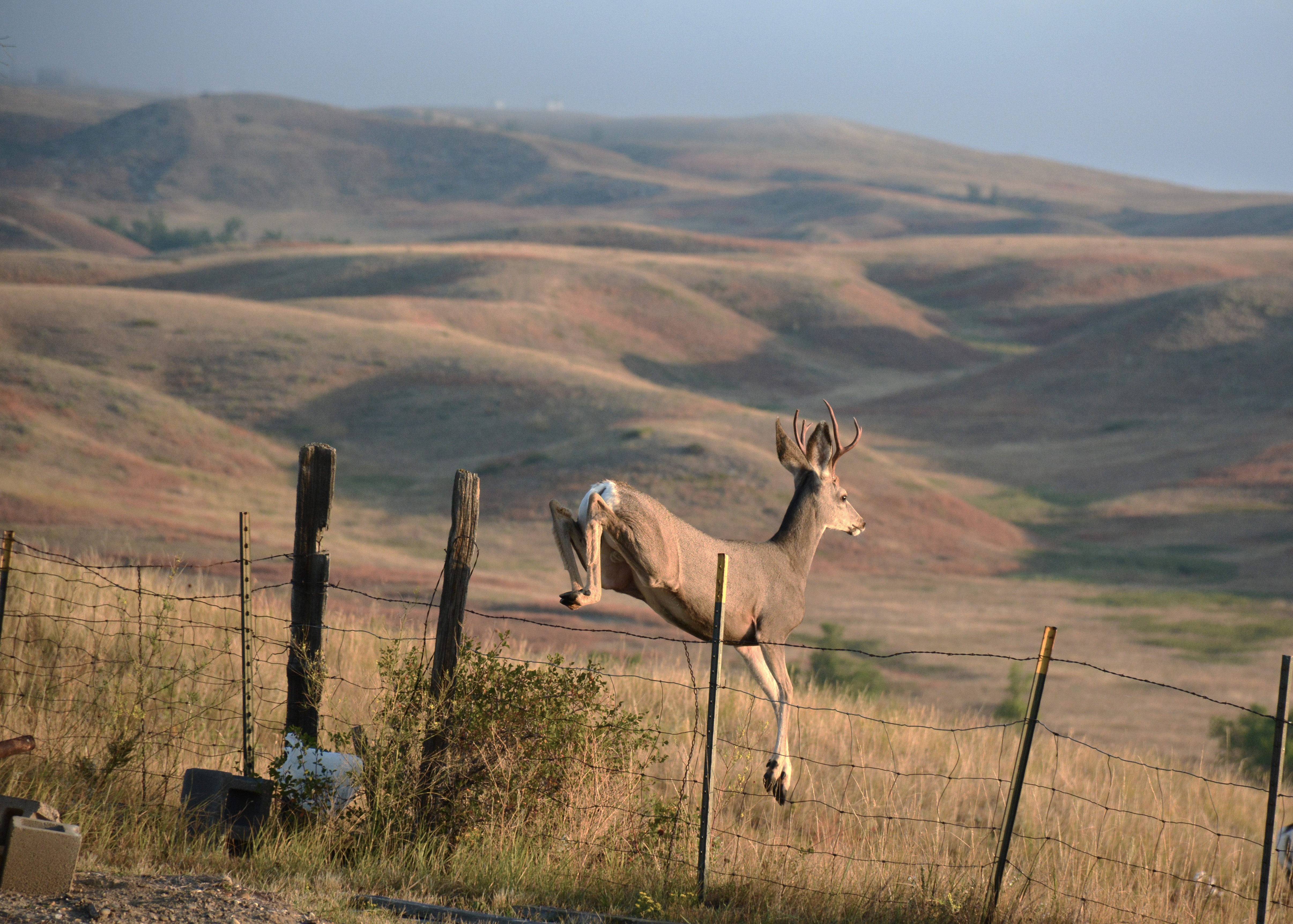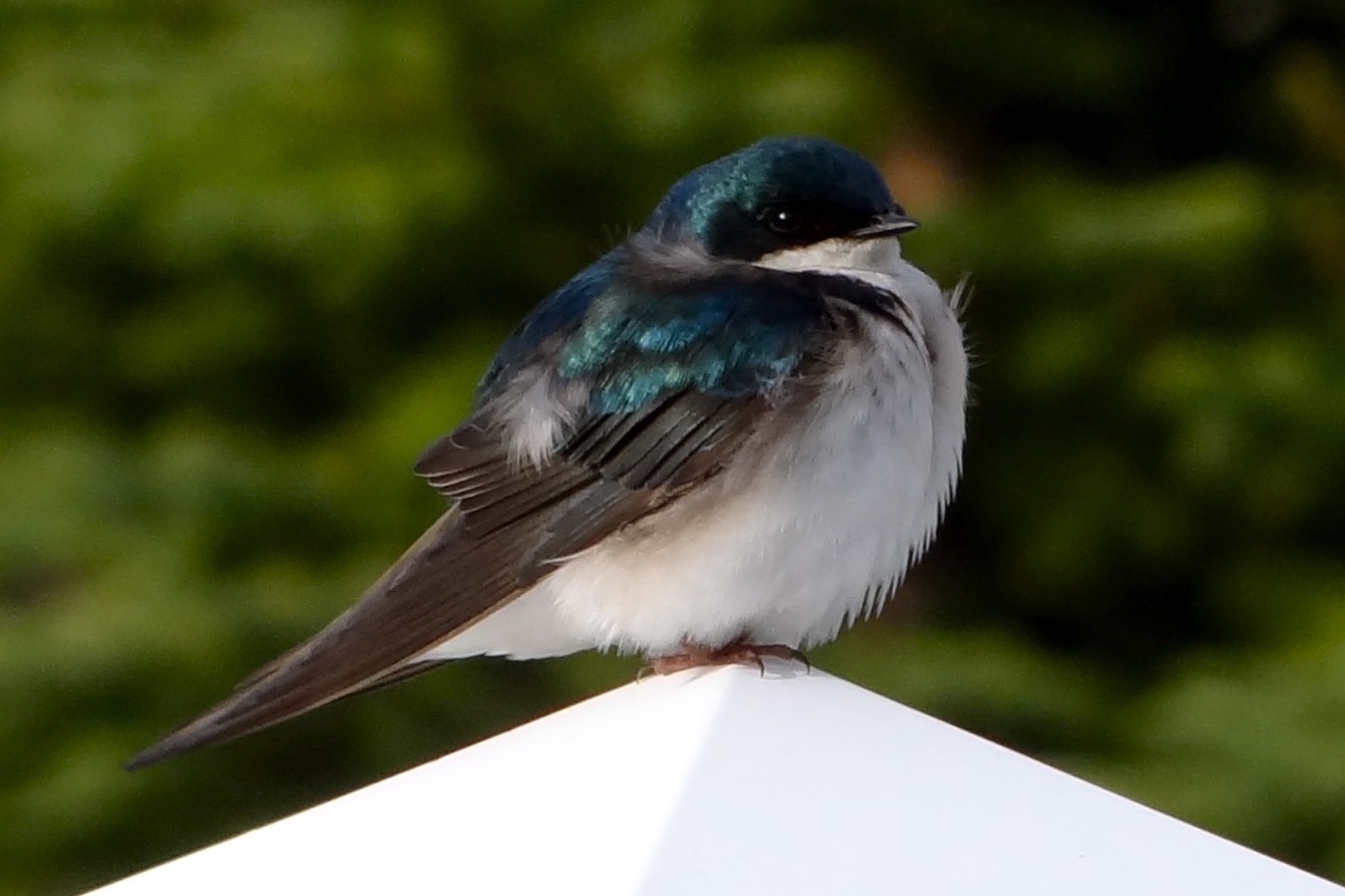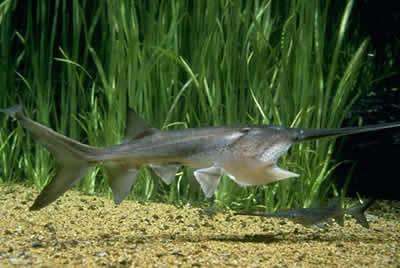WILDLIFE
Acre for acre, there are few places in the nation that can boast the abundance of wildlife found the MonDak region. The number of wild species that thrive in the area is as varied as the different types of terrain they inhabit.
Most prevalent to the bottom land along the Yellowstone and Missouri River bottoms are the white-tailed deer, whose numbers will astound the visitor. Currently the state game biologists are conducting a study of the Lower Yellowstone whitetail population, which has been labeled the most extensive in the state.
Smaller than their cousins, the mule deer, which inhabit the dry hill county, the whitetail travel and feed in herds, so when one is in sight you can safely be assured that others are nearby. In the hills mule deer reign. Much harder to spot than the relatively tame whitetails, the "mulies" stick to the thick patches of brush in the coulees during the days, only emerging onto the open plains to feed in the early morning or late afternoon hours before dark.
Although not as numerous as the early settler times, the site of antelope feeding in the pastures alongside cattle is not rare in these parts.
In addition to these grazers, numerous fur bearing mammals abound in the area. Beaver, muskrat, mink, bobcat, fox, coyote and weasels can be seen by the quiet and careful animal enthusiast.
